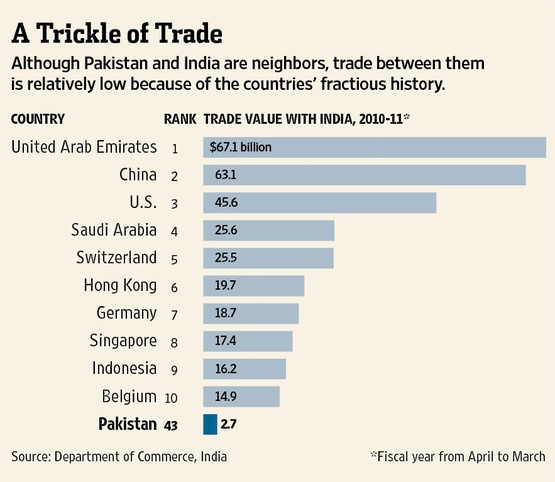Asia can weather the global storm
ETFs more complex than you think
How Sweden dodged a bullet – and Britain could too
Smart Investor: how to profit from a shell-shocked market
Are the BRIC currencies set to become reserve currencies?
The High Price of Abandoning the Euro
Social Media Snake Oil – How Much Will You Buy?
Wall Street v. Elizabeth Warren
Bayterek, Astana, Kazakhstan

